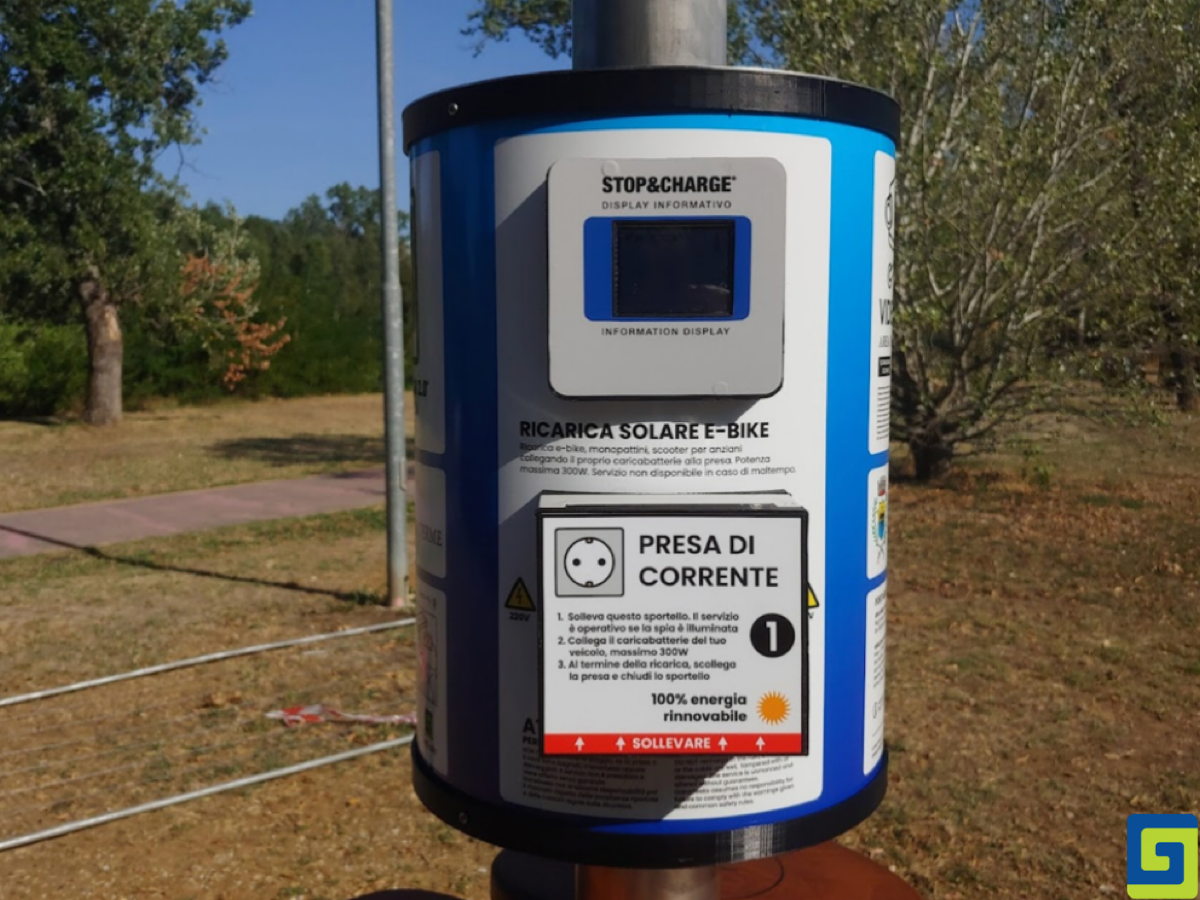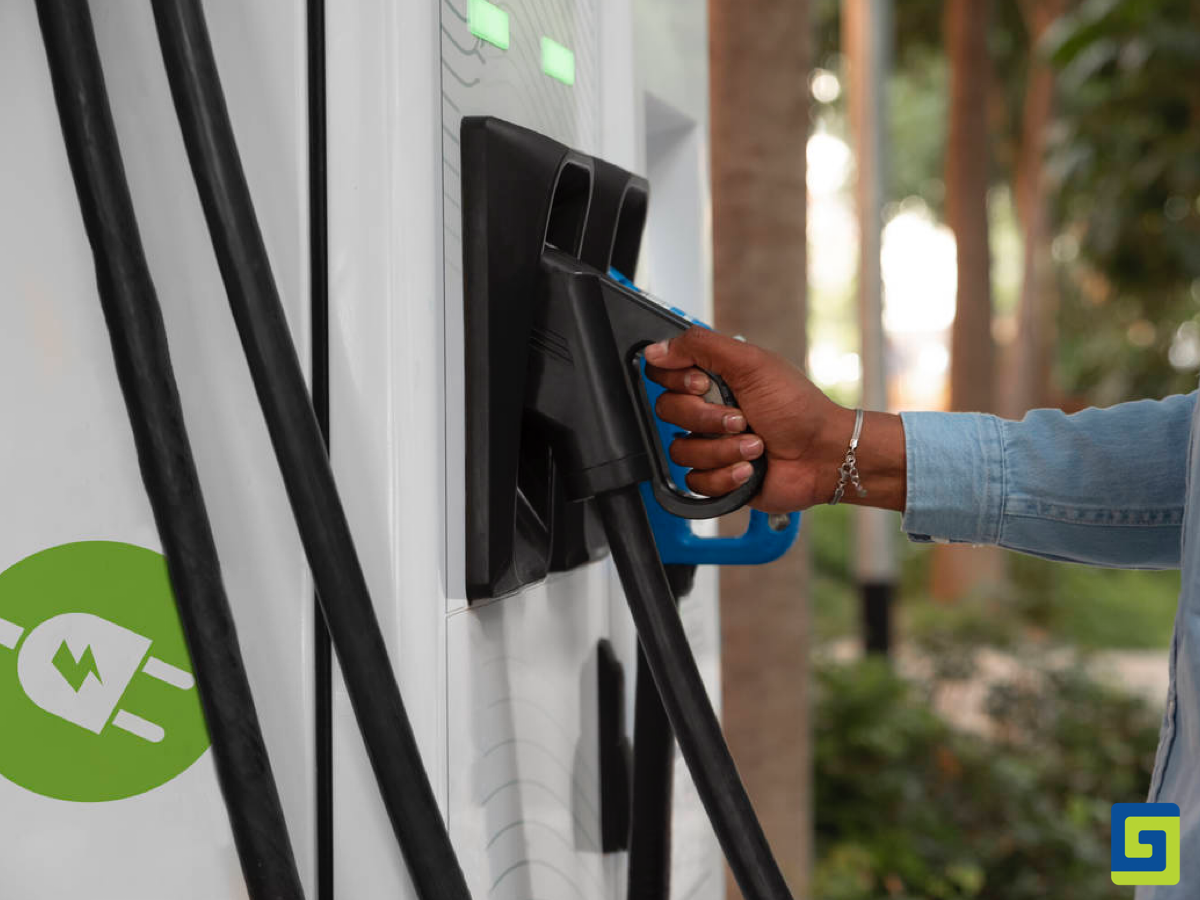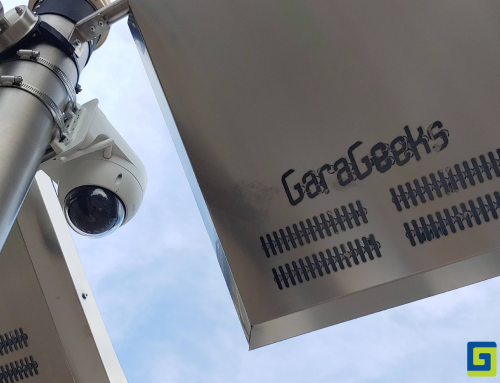Charging stations for electric vehicles: those installed in Europe would not be sufficient to meet market demand. This is what the European Automobile Manufacturers’ Association (ACEA) reports on the basis of a study commissioned from McKinsey: to be prepared for 2035, the year by which the sale of cars with petrol and diesel engines will be banned, investments of at least 8 billion euros in the development of electric mobility. The energy transition would therefore be held back by the lack of widespread and public recharging points.
As stated in the report, “charging infrastructure remains a critical bottleneck for consumer adoption of electric vehicles. A faster and more timely provision of the public charging infrastructure is essential. For this reason, the implementation of the proposal for private and commercial electric vehicles contained in the General Development Plan will follow a path aimed at satisfying the nascent and growing market demand”.

From private vehicles to taxis
To understand the charging composition of EVs, six user segments with different charging behaviors were “modeled” in the study. Among these segments – the document reports – are the owners of private electric vehicles (a segment with access to home charging, a segment with access to workplace charging but no access to home charging and a segment with access only to public charging) and owners of company electric vehicles, e-rental drivers and e-taxi drivers.
Private EV owners with home charging “use their own devices for 31% of charging, private EV owners with access to workplace charging charge 42% of energy required at this location, while private EV owners who do not have access to home or workplace charging charge 70% overnight at EV charging points at public charging stations. Added to these are “corporate electric vehicle owners who should use workplace charging as a dominant position (22% of charging) and e-rental and e-taxi electric vehicles who should have retail and destination charging as the dominant position (56% of charging) followed by public fast charging on and off highways (combined 39% of charging).”
Chargers and availability
The behavior of each user segment was taken into account “to calculate the share of energy demand per charging point. Indeed, each charging station is associated with technologies of different power: from the 1 MW DC fast chargers that are expected to appear on the market in the next few years, to slow AC curbside chargers. The latter can be slow from 3 to 5 kW, still sufficient to recharge in a range of daily trips and during the night, theoretically not putting a strain on the network. In the EU, it is estimated that around 50% of electric vehicle owners do not live in homes that can easily be equipped with charging points: these drivers should therefore adopt electric vehicles at a later stage, when the public charging infrastructure is more widespread”.

GaraGeeks solutions
In the panorama of electric vehicles, a prominent place is occupied by two-wheeled vehicles: e-bikes and scooters but also electric wheelchairs and mobility scooters allow a multitude of people to move easily in and out of cities, with an eye to the environment, a choice also supported by bonuses and incentives for purchases. GaraGeeks is an Italian company that designs and manufactures street furniture solutions for sustainable mobility and the Smart City, using innovative technologies and materials, 100% Made in Italy. GaraGeeks products recharge pedal assisted bicycles, scooters, mobility scooters and smartphones. From 2016 to today, the company has specialized in the production of solar energy charging stations, which have been used by over 150,000 citizens in the last year.
Shelter combines a photovoltaic roof, bike locks, energy storage, a bench and charging points, all in one structure and one coherent design. It can charge up to 50 electric vehicles per day. It does not require any digging or connection to the electricity grid: maximum positioning flexibility and considerable cost savings for installation. Perfect in the city as a bus shelter, or in remote places such as cycle paths or off-piste paths in the hills or mountains, to encourage city micro-mobility, cycle commuting and cycle tourism.
Solar 2.0 is a sleek, unobtrusive multifunctional charger, for the Smart City: a solar-powered e-bike charging station that does not require any connection to the electricity grid and allows users to take advantage of multiple functions for free, from the Wi-Fi hotspot to recharging of smartphones, from video surveillance to the emergency call button, from recharging e-bikes, scooters and other electric vehicles to measuring air quality.
Do you want to find out more about GaraGeeks and products for environmental sustainability? Contact us




